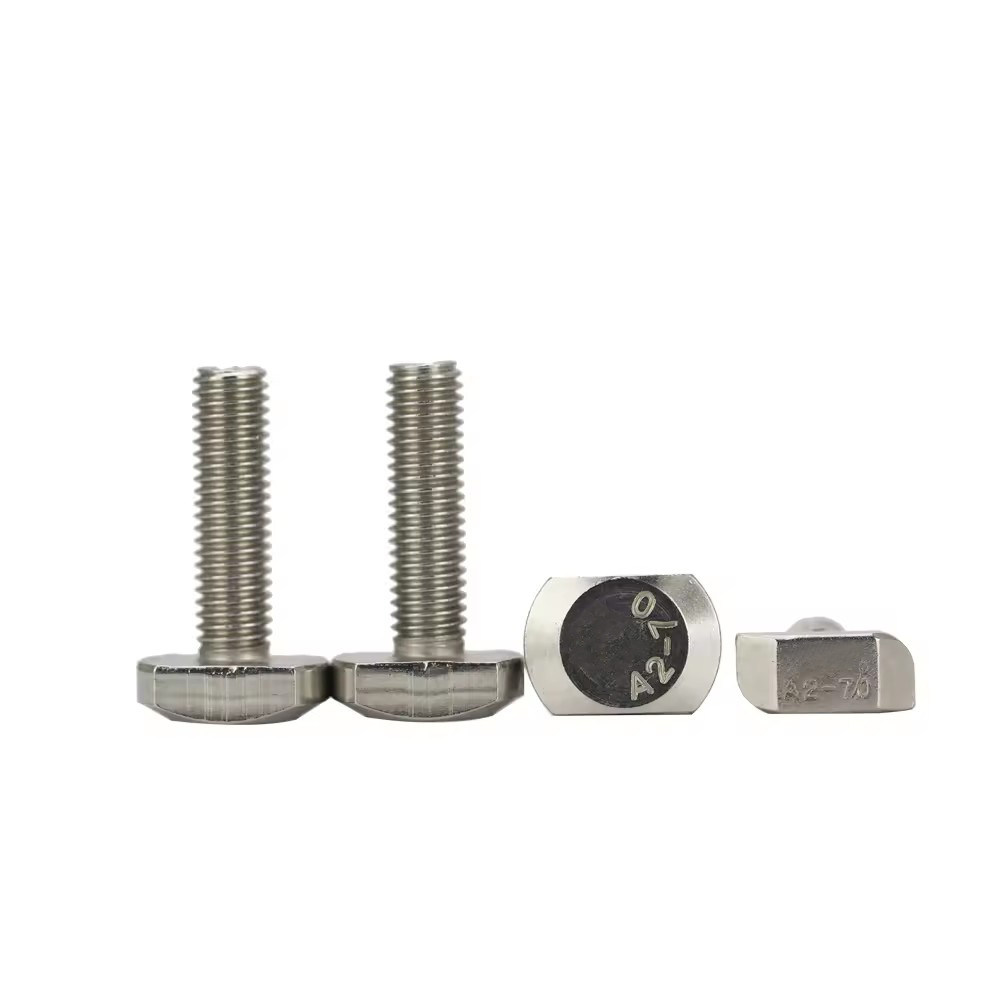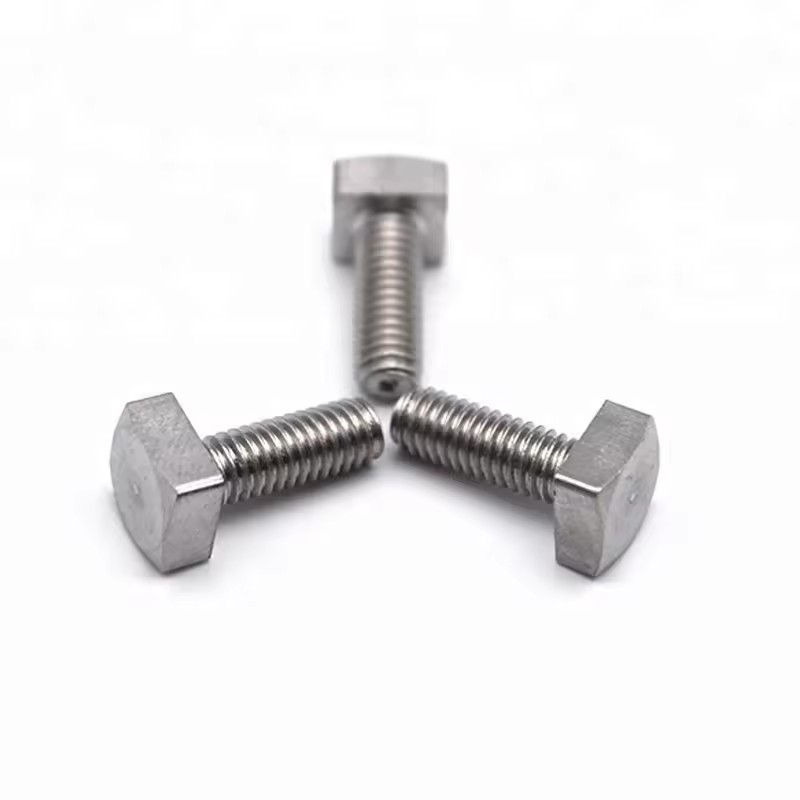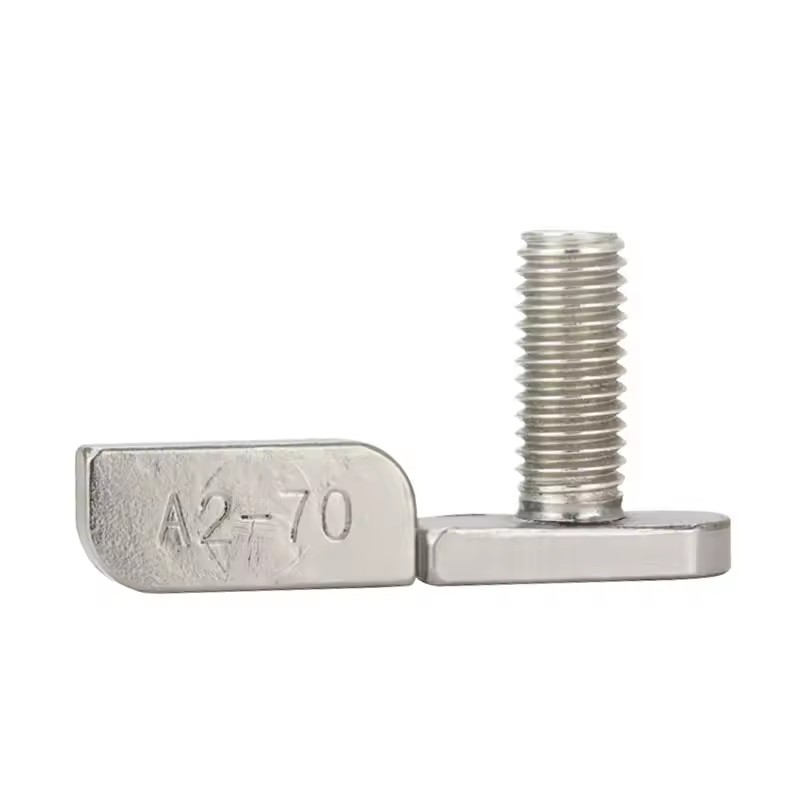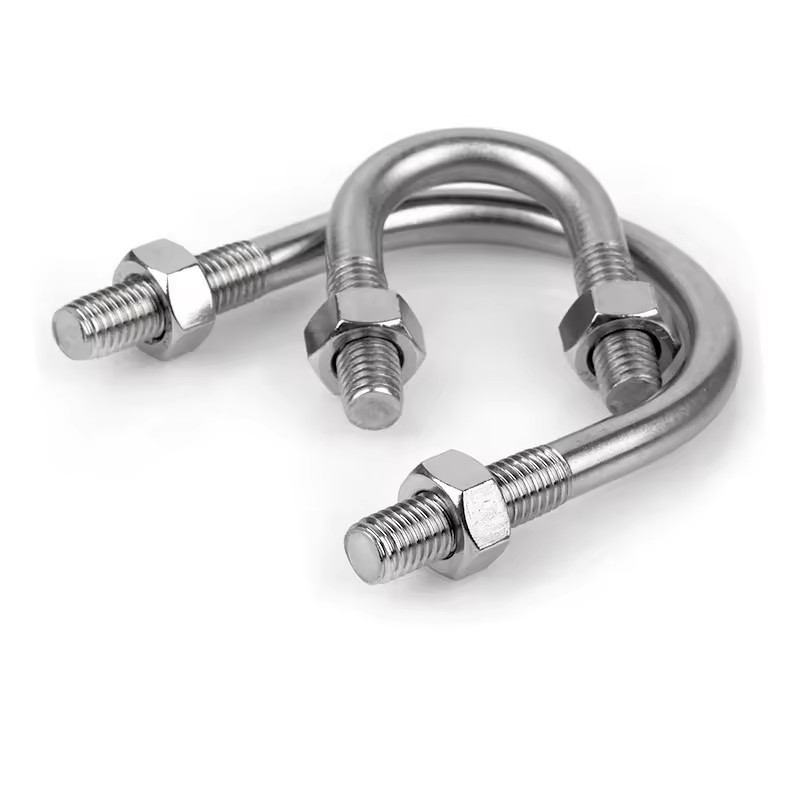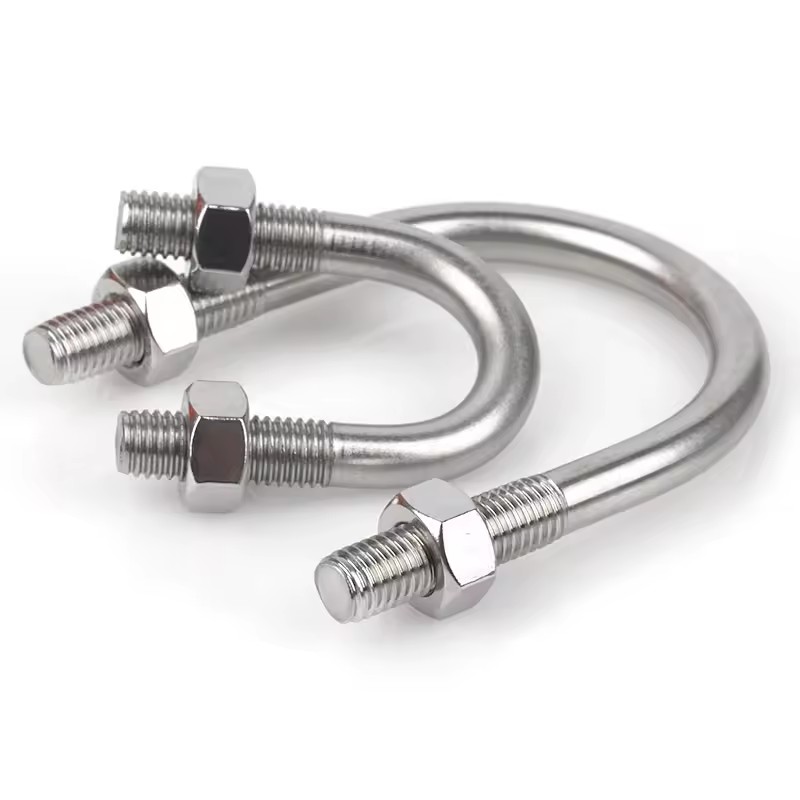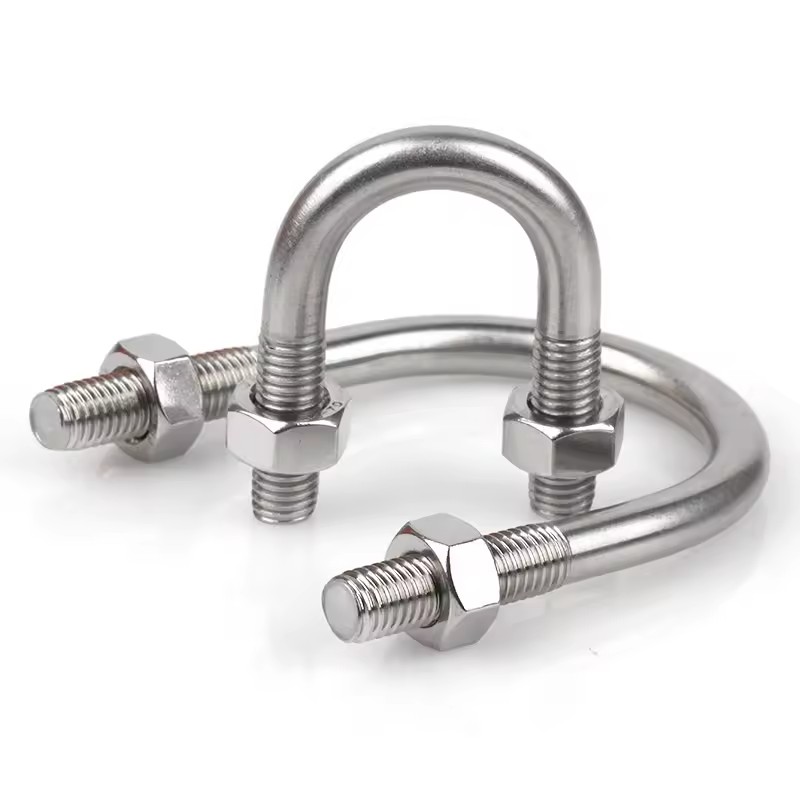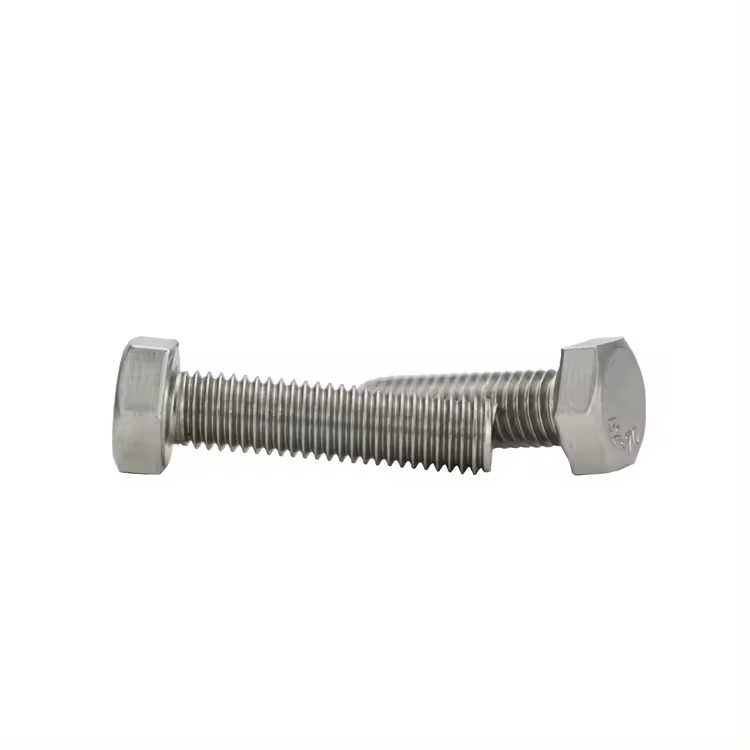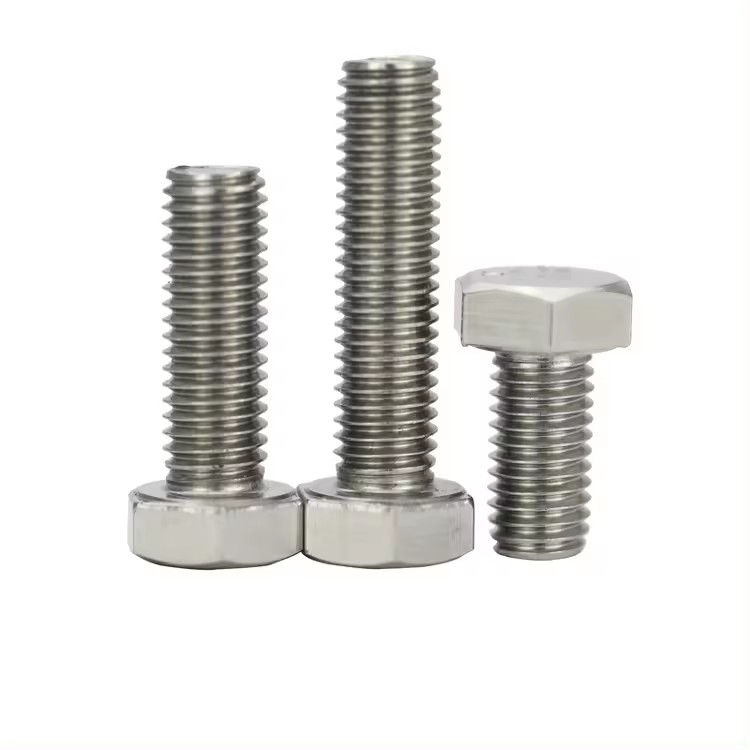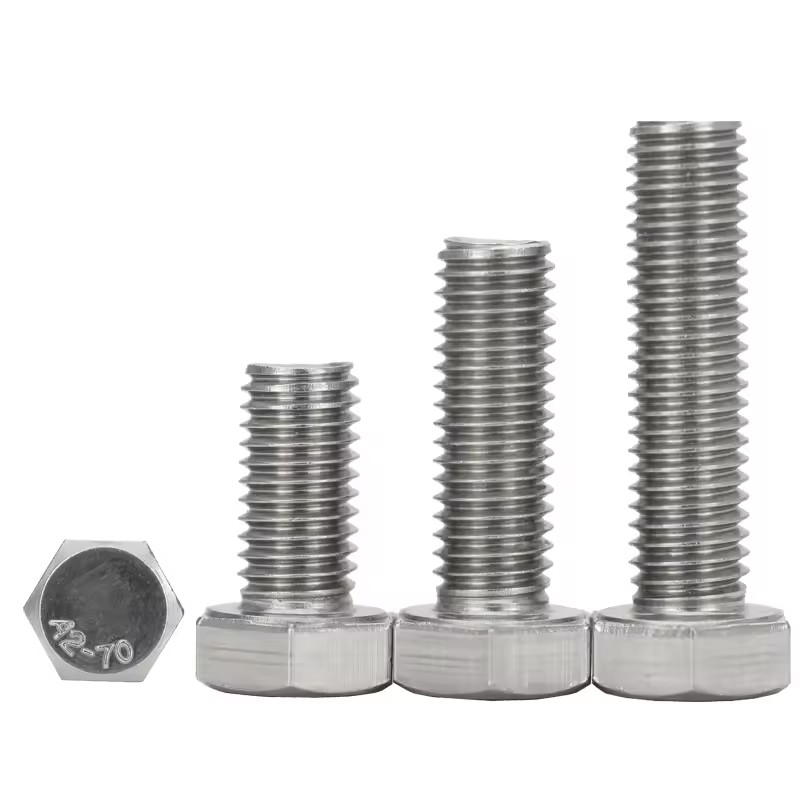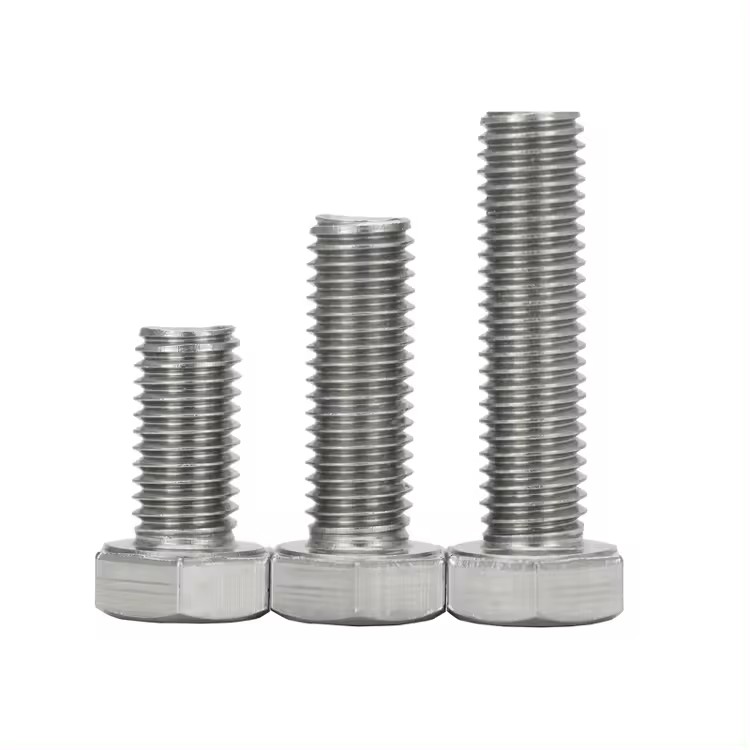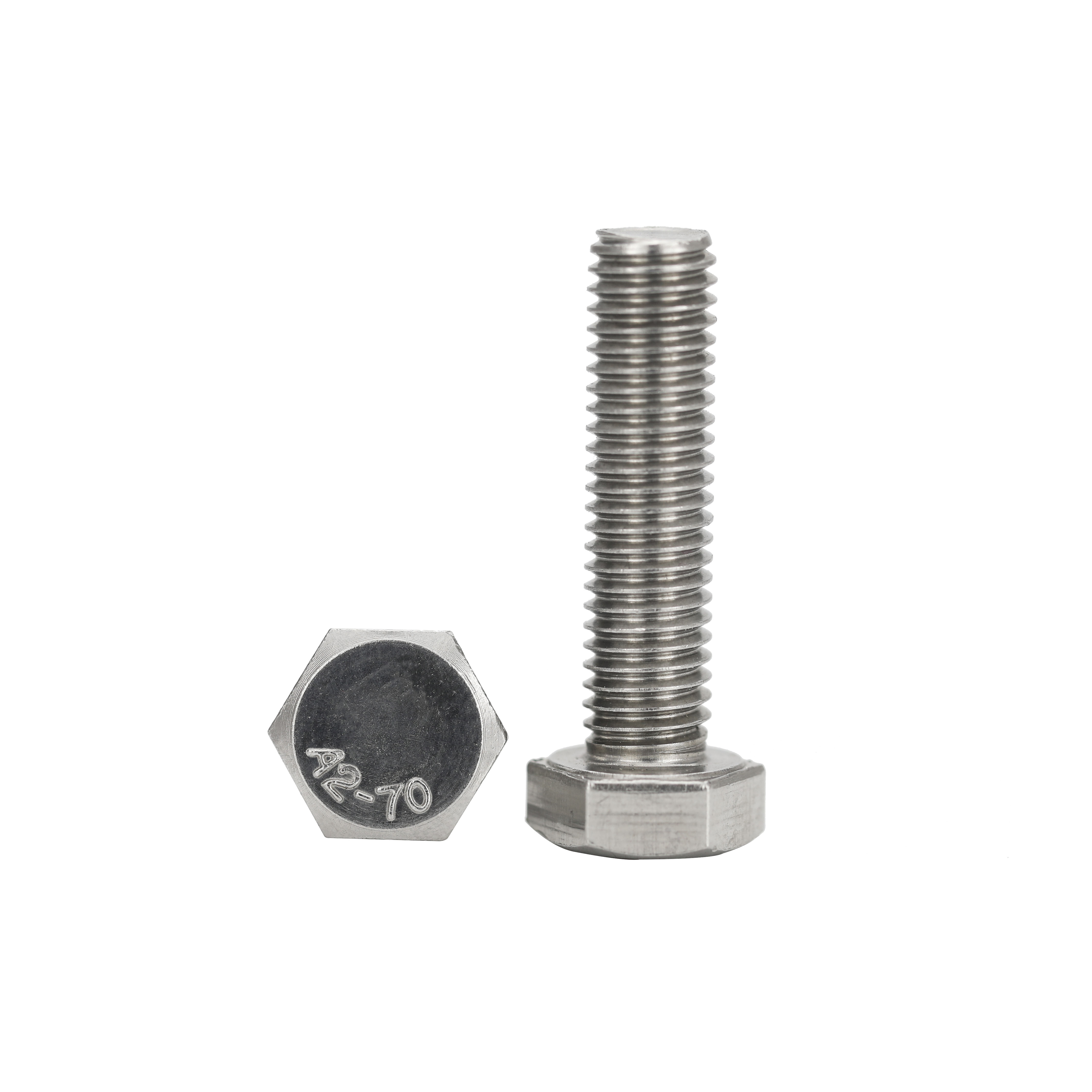In the world of industrial hardware, one component quietly anchors progress—unassuming, yet essential. The stainless steel bolt. Though often overlooked, it is this humble fastener that binds the frameworks of bridges, fuels the durability of high-speed rail, and fortifies the very bones of contemporary architecture.
At its core, a stainless steel bolt is more than a mere threaded rod. It is a confluence of metallurgy, engineering precision, and corrosion-defying chemistry. Composed primarily of iron, chromium, and often molybdenum or nickel, stainless steel bolts are engineered to endure environments that would erode lesser materials to dust. From offshore oil rigs to sterile surgical tables, their resilience is indisputable.
Why Stainless Steel?
The answer lies in its name. Stainless. A bolt made from stainless steel exhibits exceptional resistance to oxidation, rust, and chemical degradation. This is largely due to the passive chromium oxide film that naturally forms on its surface—an invisible shield that protects the metal beneath. Unlike zinc-coated or carbon steel bolts, which degrade over time or require frequent maintenance, stainless steel bolts retain their integrity with minimal intervention.
Beyond corrosion resistance, stainless steel bolts are champions of tensile strength. Grades such as 304 and 316 are frequently used across industries, with the latter offering superior resistance in marine and chlorinated environments due to its molybdenum content. Where lesser bolts buckle under duress, stainless steel persists—unbending, unbreaking, unyielding.
Applications That Demand Excellence
Versatility is where stainless steel bolts truly shine. In construction, they are embedded in concrete, steel frames, and curtain wall systems. In the automotive sector, they provide secure, long-lasting connections in engine assemblies and chassis frameworks. Aerospace, food processing, pharmaceuticals—the list continues. In each domain, the bolt’s mission is identical: to provide steadfast structural integrity without compromise.
Even in environments subjected to extreme temperatures or aggressive chemical exposure, stainless steel bolts prove their worth. Cryogenic storage units, steam pipelines, and even nuclear reactors rely on their unparalleled dependability. Their ability to maintain mechanical properties across fluctuating temperatures makes them indispensable in specialized engineering applications.
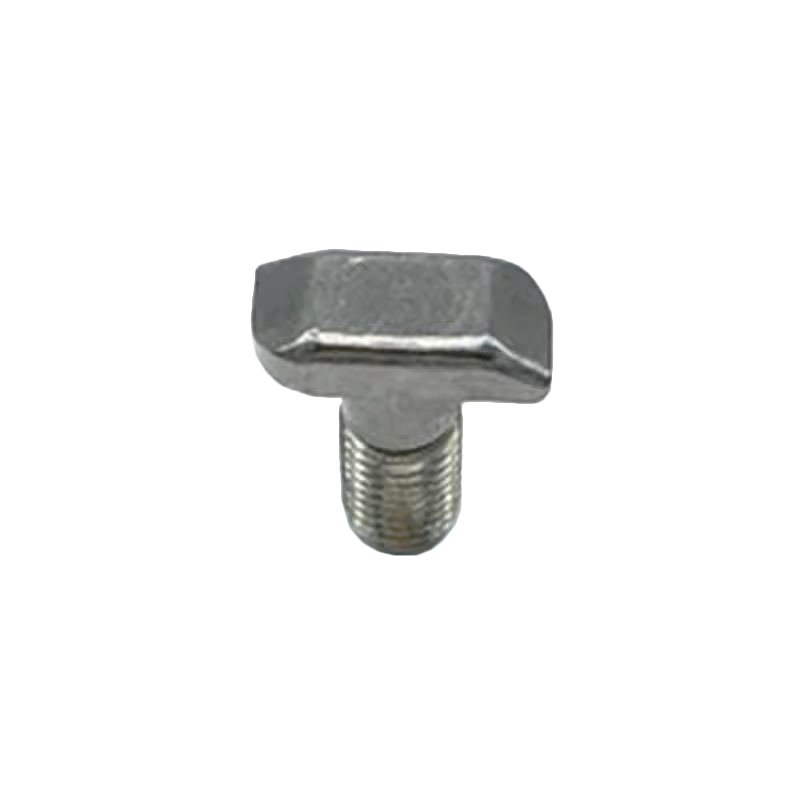
Design Details That Matter
Not all bolts are created equal. Threads per inch, shank diameter, pitch, and head design all play a pivotal role in performance. Stainless steel bolts are available in hex, socket, carriage, and countersunk varieties, each tailored for specific load-bearing and aesthetic requirements. Manufacturers adhere to strict international standards such as ASTM, ISO, and DIN to ensure interchangeability and reliability across global supply chains.
Moreover, modern advancements in cold heading and thread rolling have elevated the manufacturing precision of stainless steel bolts. These techniques minimize structural imperfections and enhance fatigue resistance—critical in applications where failure is not an option.
An Investment in Longevity
Stainless steel bolts may carry a premium price tag upfront, but their longevity offsets the initial cost. Downtime from bolt failure, corrosion-related maintenance, or structural collapse far outweighs the expense of choosing quality fasteners from the outset. In the long game, stainless steel is not a cost—it’s a safeguard.
In a world that demands strength without compromise, resilience without corrosion, and performance without degradation, the stainless steel bolt stands alone. It is the unsung hero of infrastructure, the quiet guardian of machinery, and the enduring link in the chain of modern advancement. Small in size, monumental in significance—stainless steel bolts are, quite literally, the fasteners that hold the world together.


